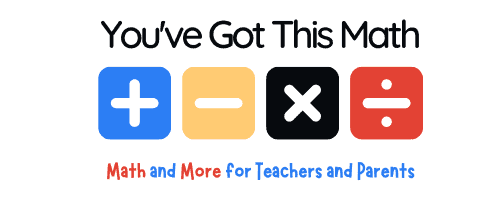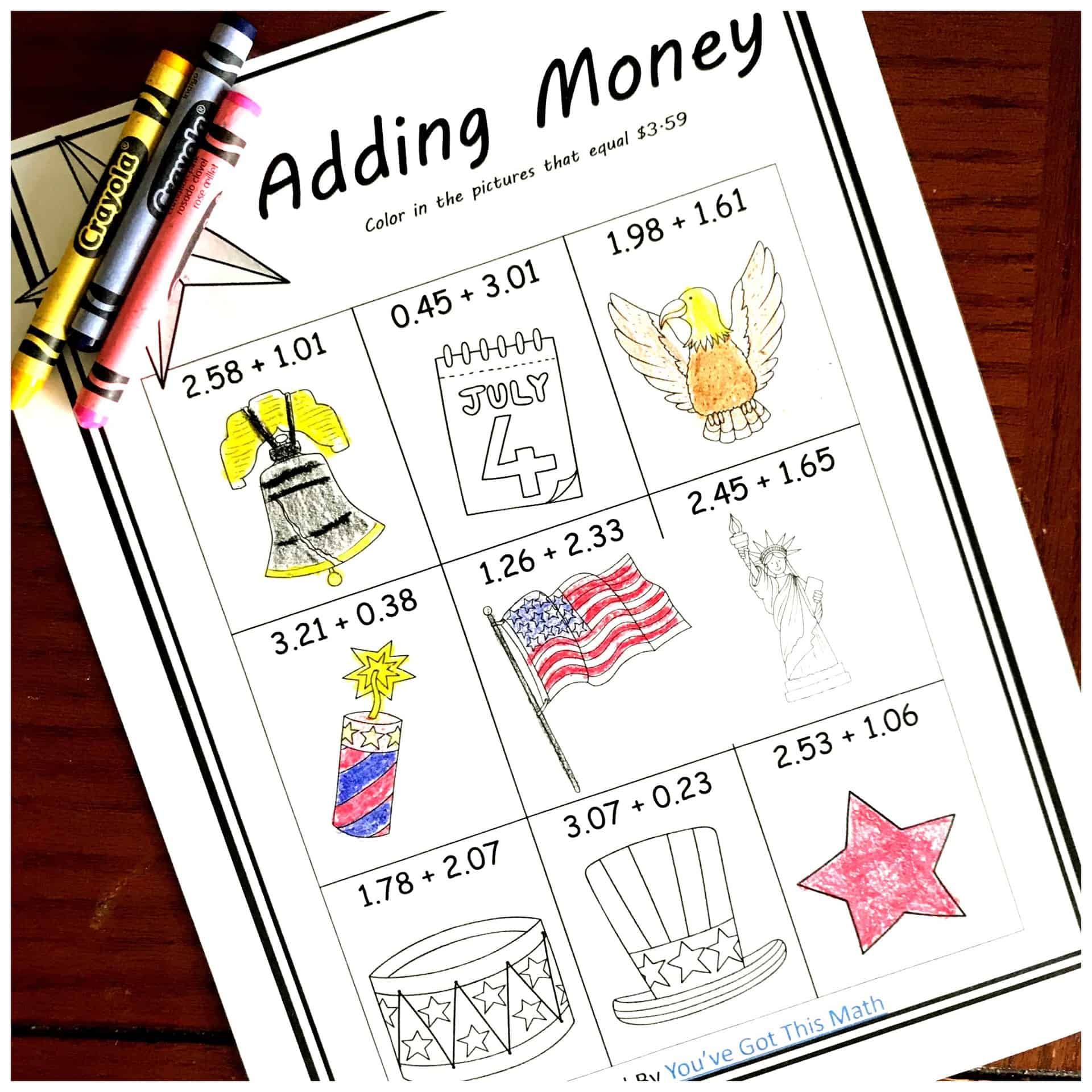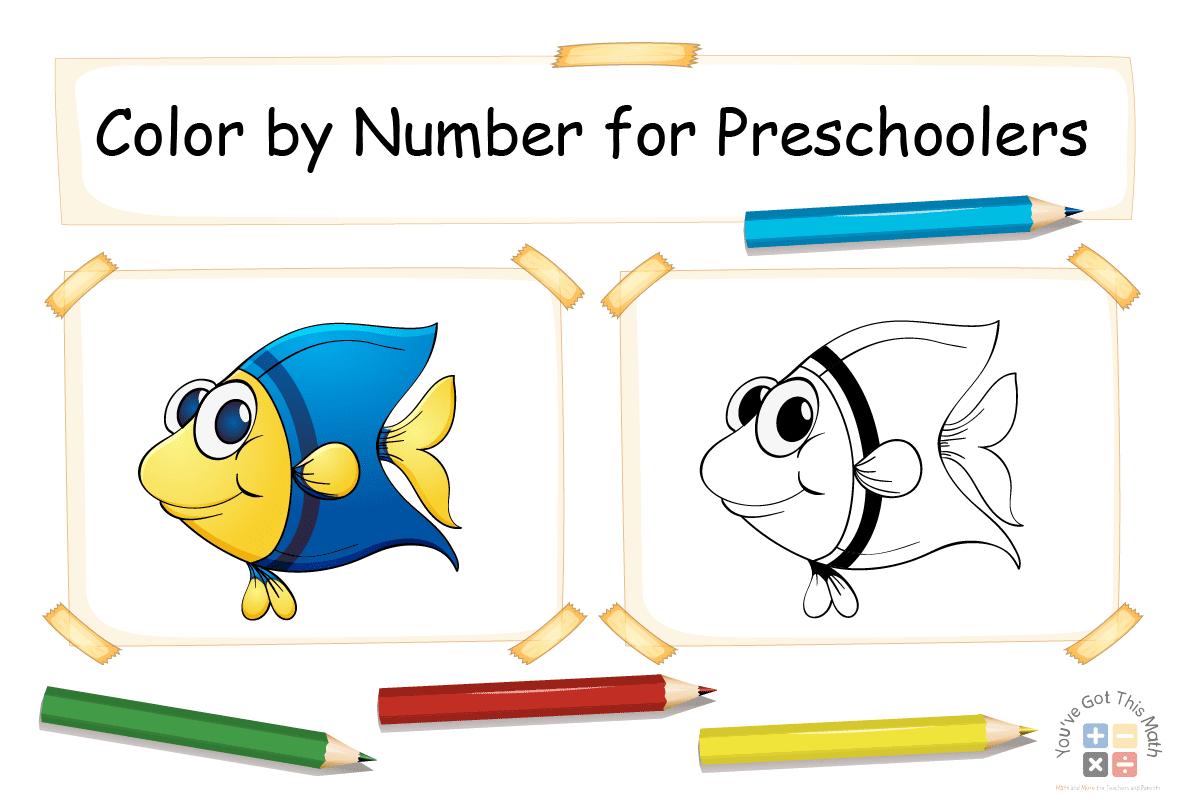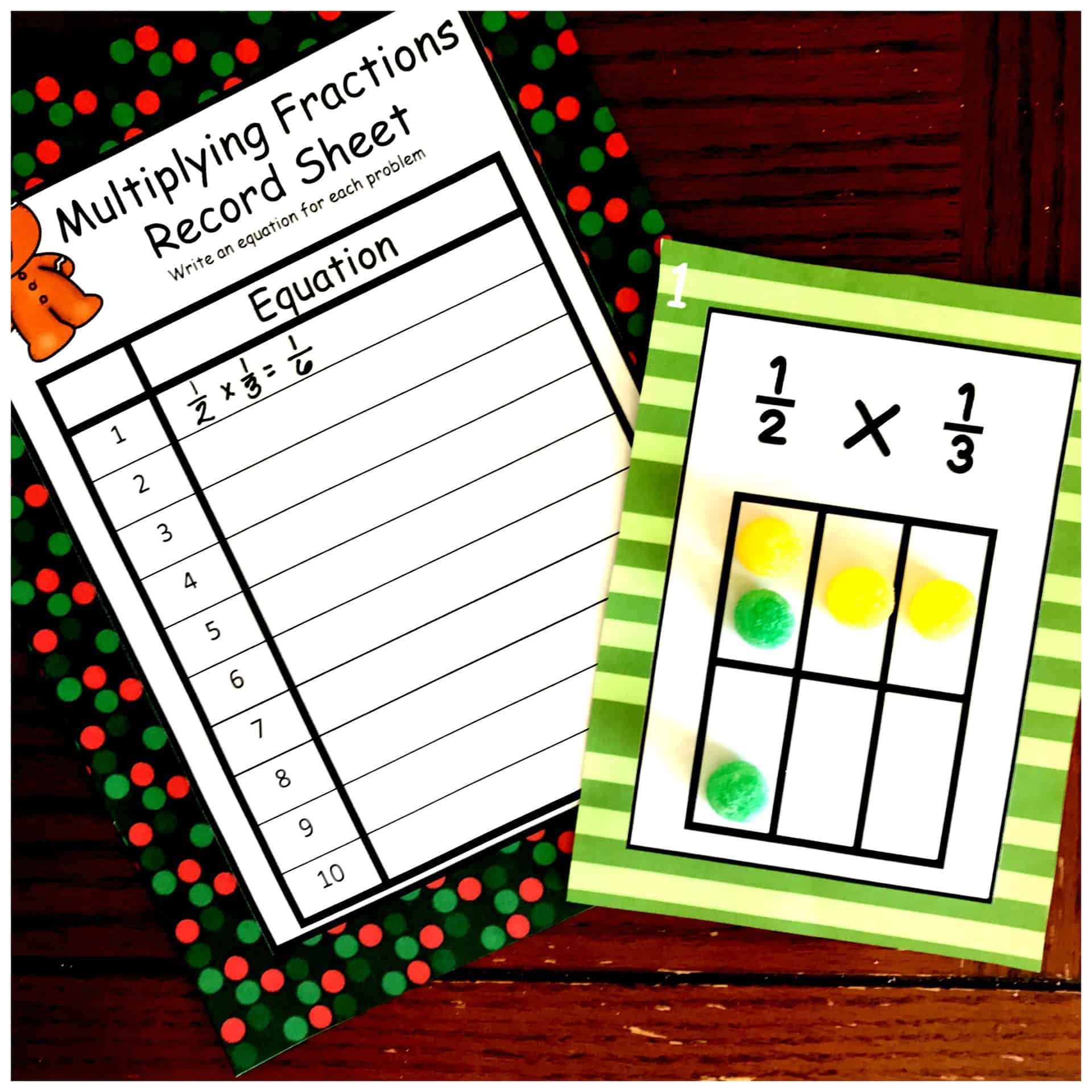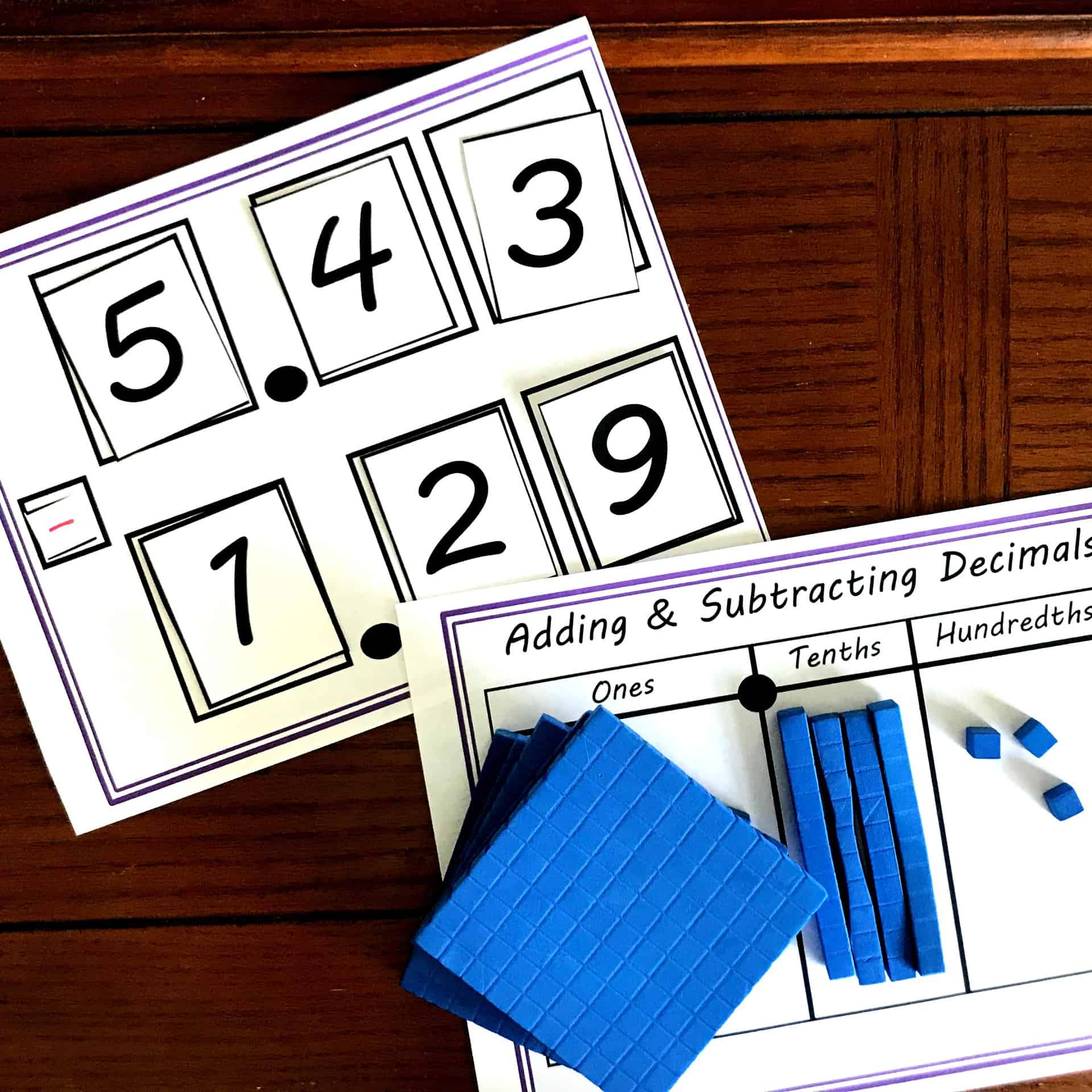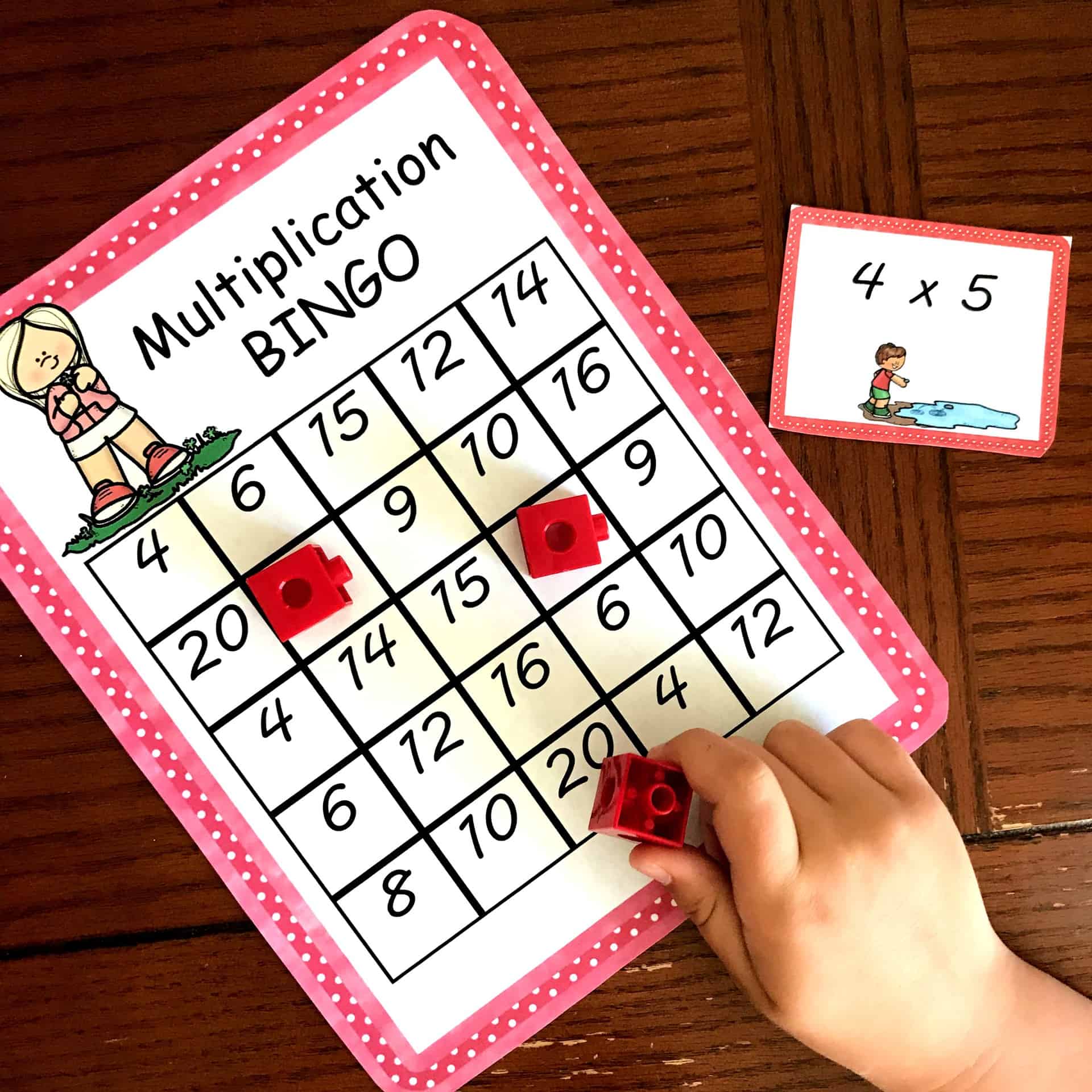5 Multiplication Arrays Worksheets Grade 3
These multiplication arrays worksheets grade 3 & 4 will help to visualize and understand multiplication. With the aid of our free multiplication array worksheets, 3rd & 4th-grade students will learn the fundamentals of multiplication.
5 Multiplication Arrays Worksheets Grade 3
Download the following worksheets. The buttons represent the different methods of worksheets.
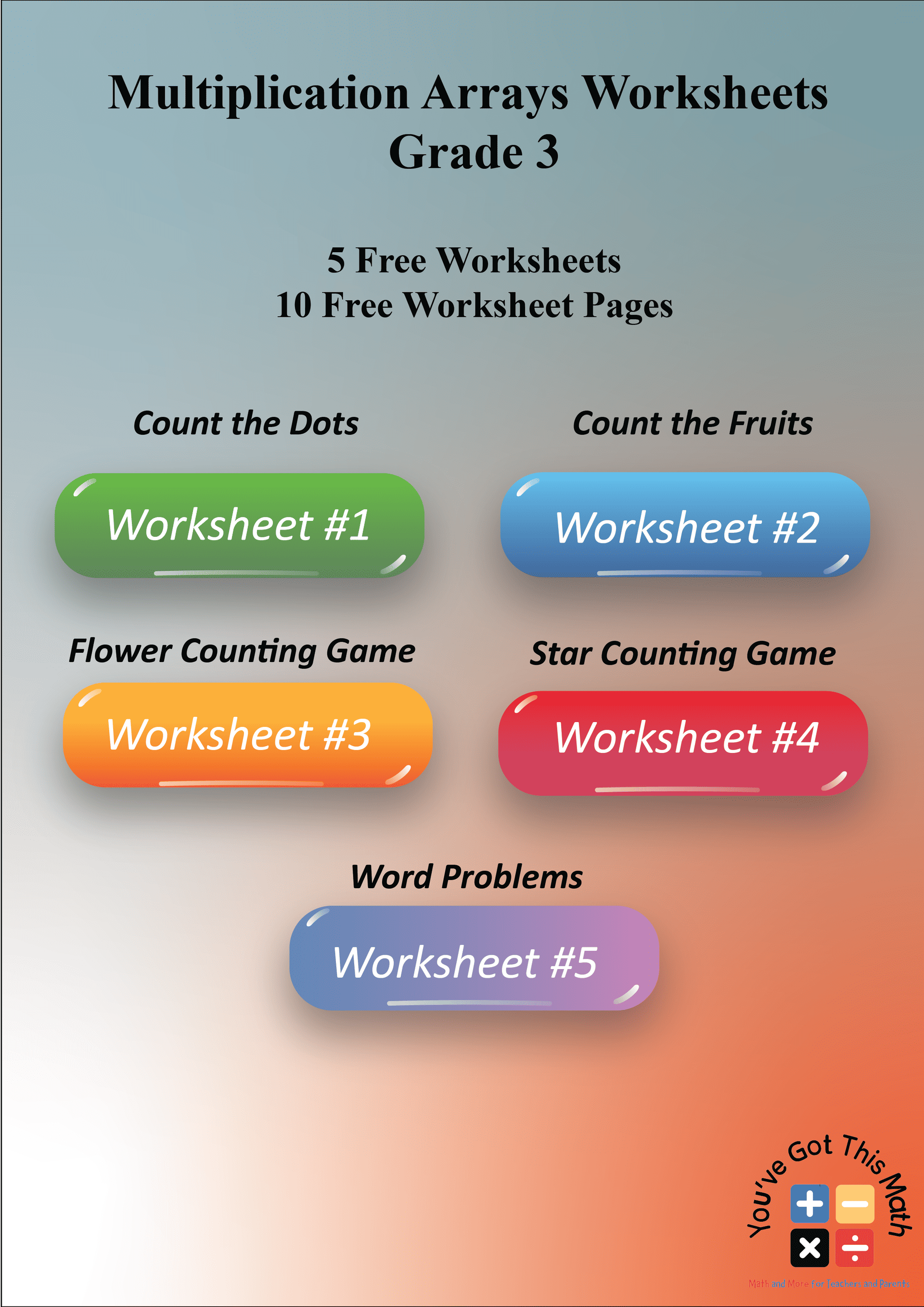
Count the Dots Using Multiplication Arrays
Here, you need to count the dots provided in the worksheet. The dots are adorned rowwise and columnwise. You need to count the number of rows and columns and multiply them to get the total number of dots. The first problem is solved for your convenience.
Use the Arrays & Count the Fruits
In this portion, you need to count the total number of fruits per problem. To count this, you need to follow the previous process mentioned in the previous activity. Count the total number of fruits and enjoy the game with your students.
Multiplication Arrays for Flower Counting
Here, I have added some colorful pictures of flowers and hopefully, the activity might attract the students. Count the flowers by counting the rows and columns. I hope this worksheet will aid your students in learning multiplication using arrays.
Star Counting Game with Multiplication Arrays
This activity is similar to the first activity. You have counted dots in the first activity. Meanwhile, you will count the stars instead of dots. So, without any further delay, jump into the activity and count the stars.
Multiplication Array Word Problems
Problems become more critical when word problems appear. You need to solve the problem step by step. Firstly, read the question and try to understand what the question is saying. Then, extract the numbers. After that, start the operation you need to do to solve the problem. In these problems, you need to multiply the extracted numbers and get the final product.
Download the Free PDF
Download the following combined PDF to get the worksheets together. Practice on the worksheets and enhance your child’s mathematical skills.
Here, we’ve discussed multiplication array worksheets grade 3 utilizing the ideas of counting the dots, counting the fruits, a flower counting game, a star counting game, and word problems. Download our free worksheets, and after using them, learners’ arithmetic abilities and comprehension of multiplication will undoubtedly improve.

Hi there! This is Souptik Roy, a graduate of the Bangladesh University of Engineering and Technology, working as a Content Developer for the You Have Got This Math project of SOFTEKO. I am a person with a curious and creative mind. After finishing my Engineering degree, I want to explore different fields. This is why I am working here as a content developer. I have a massive interest in creative content writing. When I find that someone can learn something from my articles, this gives a lot of inspiration. hopefully, you will find interest in my article, if you have a child and want to teach them math with fun.
